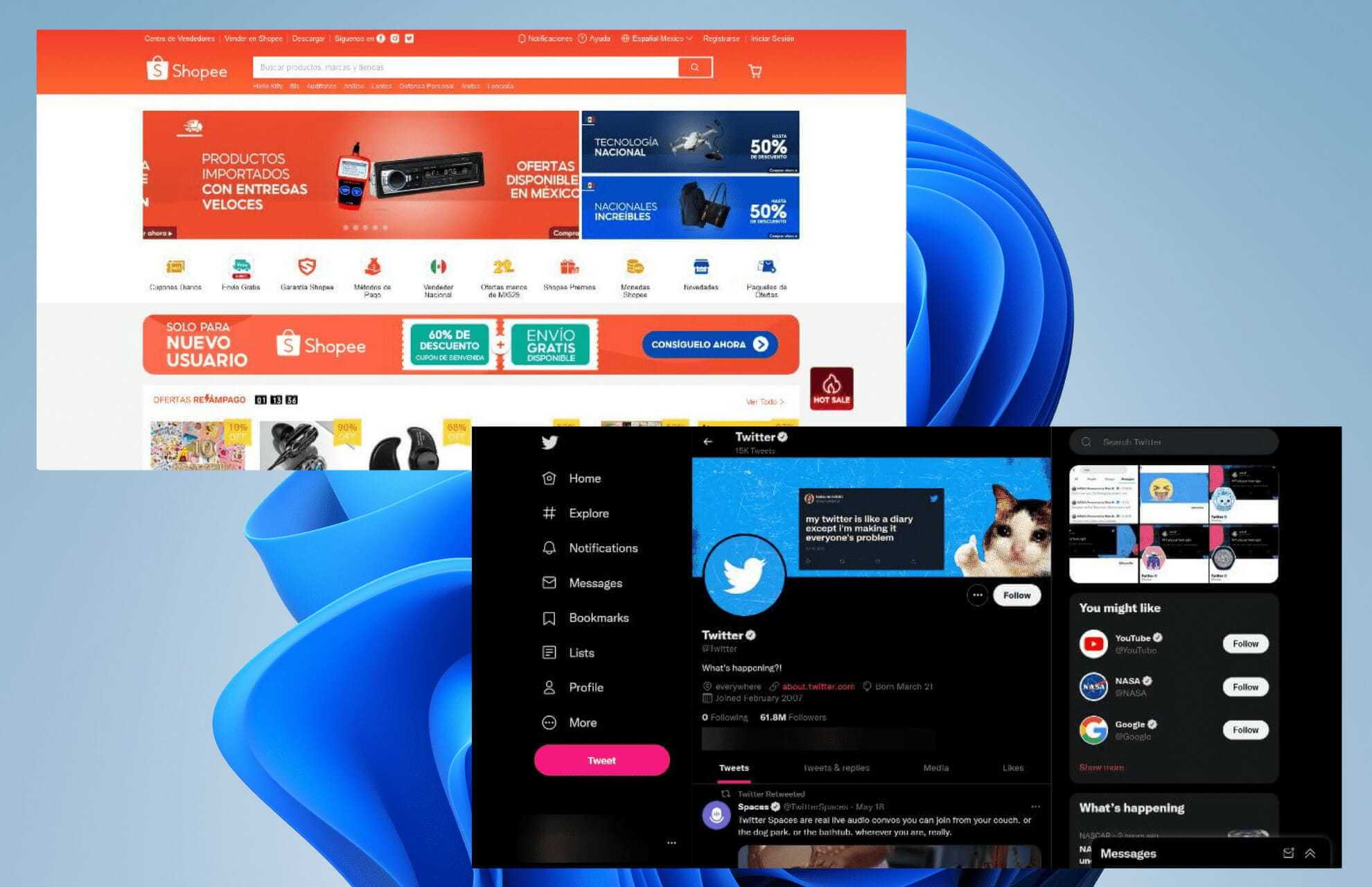It’s amazing how much web applications have become a part of our daily routine, from work to leisure activities. Hey there! No matter who you are, there’s a web app out there that’s perfect for you. Whether you’re a student, a working professional, an avid traveler, or just the kind of person who enjoys chatting with friends online, you will surely find something that suits your needs.
In this article, we’ll look at the different types and 12 examples of web applications you probably use daily. We’re excited to explore the many benefits of web applications! We’ll look closer at their functionality and features and how they’ve made our lives more productive and enjoyable online.
Before we delve into these 12 examples, it’s essential to have a basic knowledge and understanding of web apps and their different types. Let’s learn more about the web apps that power our modern digital life.
What is a Web Application?
Web applications are programs that can be viewed and run through web browsers. They facilitate communication and the completion of defined objectives, such as online banking, content management, and retail transactions.
The intuitive design of today’s web applications development makes it possible for anyone to safely and quickly complete various tasks and financial transactions online.
Suggested Read: Web apps vs. Mobile apps: Choose one or both
Types of Web Applications
Based on their intended use and features, various types of web applications have emerged. Some examples of popular web applications are as follows:
E-commerce Web Apps
E-commerce apps are sites that make it easy for you to buy and sell products and services online. Did you know you can find many cool things on E-commerce web apps? You can buy and sell stuff on marketplaces, bid on items at auction houses, and even reserve your spot for events or activities!
Suggested Read: E-commerce App Development Company
Social Media Web Apps
Web apps that facilitate social media enable users to network, communicate, and exchange information with one another.
CMS and CRM Web Apps
It is simpler to create, organize, and distribute electronic content thanks to web applications called content management systems (CMS). Joomla, Drupal, and WordPress are just a few examples.
Companies may track prospects, engage with customers, and streamline sales processes with web-based customer relationship management (CRM) tools. CRM systems like Salesforce, HubSpot, and Zoho are a few examples.
Project Management Web Apps
Web-based project management and collaboration software allow groups to coordinate their efforts, track progress, and exchange relevant data. We can think of Trello, Asana, and Basecamp as some examples.
Finance and Banking Web Apps
These web apps are great for safely and easily accessing financial services like online banking, payments, and other transactions. Online banking websites and payment systems like PayPal and Mint are examples.
Now that we have discussed the many examples of web applications, here are the 12 examples of web applications that we commonly use every day:
1. Gmail
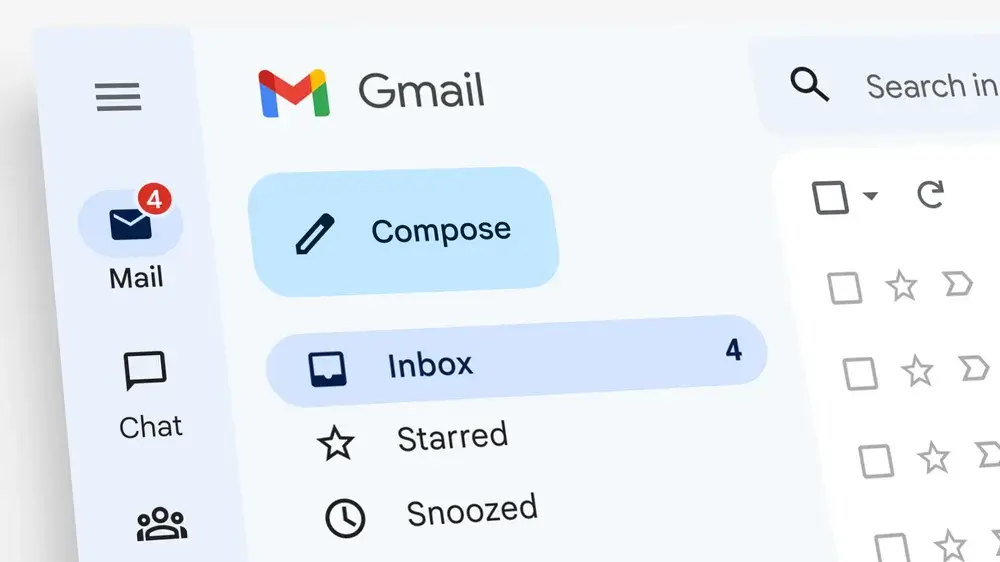
Gmail has revolutionized our approach to emails. Due to its intuitive design, intelligent inbox categorization, and potent search features, it has quickly become the standard online software for handling personal and business email.
Gmail’s user-friendly layout and robust features have made it the de facto standard for electronic communication, with its large inbox size, efficient labeling capabilities, and ability to work with other Google products.
Gmail provides a streamlined email experience across all its features, from message composition to inbox management with filters and labels to video conferencing with the built-in Google Meet.
2. Facebook

Did you know that Facebook is among the most well-known social networking sites worldwide? It’s incredible how it has grown to connect billions of people globally! Hey there! Did you know Facebook is a great way to stay connected with your loved ones?
You can share photos and videos, join groups, and even participate in online discussions. It’s vital to stay in touch with the people who matter most to you. Users can maintain connections and receive relevant information in a lively and exciting setting because of the platform’s features, including the News Feed, Facebook Messenger, and Events.
3. Instagram

Instagram is a popular online app for posting and finding visual content since it has transformed the idea of visual storytelling. Instagram provides a compelling visual experience for users in various ways, including keeping up with favorite celebrities, discovering new trends, and joining specialized groups.
Instagram has developed into a potent platform for creative individuals, influencers, and marketers to reach a broad audience because of its emphasis on visual tales and engagement through comments and likes.
4. Twitter

This microblogging and social networking web application has become prominent due to its emphasis on regular updates. Twitter allows its users to quickly and easily communicate via brief messages called “tweets” and keep up with current events and trends by following accounts of interest and participating in conversations using hashtags.
Twitter’s character count constraint has made it a popular place to discuss and disseminate information on various issues in brief, thought-provoking tweets. Users can now easily keep up with the newest trends and conversations while following their favorite influencers, celebrities, and brands on the platform.
5. Amazon

Amazon has transformed online shopping by providing easy access to a plethora of products and fast, reliable shipping. Amazon’s web app has gained the confidence of millions of users worldwide because of its individualized suggestions, consumer ratings, and lightning-fast shipping.
Amazon has revolutionized online shopping by making many goods and services easily accessible and giving a streamlined user experience. The web app offers similar services such as free two-day shipping, movie and TV show streaming, early access to sales, and more.
6. Netflix

Thanks to its intuitive design and tailored suggestions, Netflix subscribers can watch their shows whenever they like from any device. Netflix’s wide range of carefully selected collections makes it a go-to service for viewers of all entertainment preferences.
Netflix has transformed how we watch movies online. Netflix’s vast library and intuitive interface provide content for various tastes and needs. Netflix guarantees a continuous and immersive viewing experience with its high-quality video playback, adaptive streaming technology, and ability to stream videos in real time. Its recommendation systems improve user experience by making personalized content suggestions.
7. Google Drive
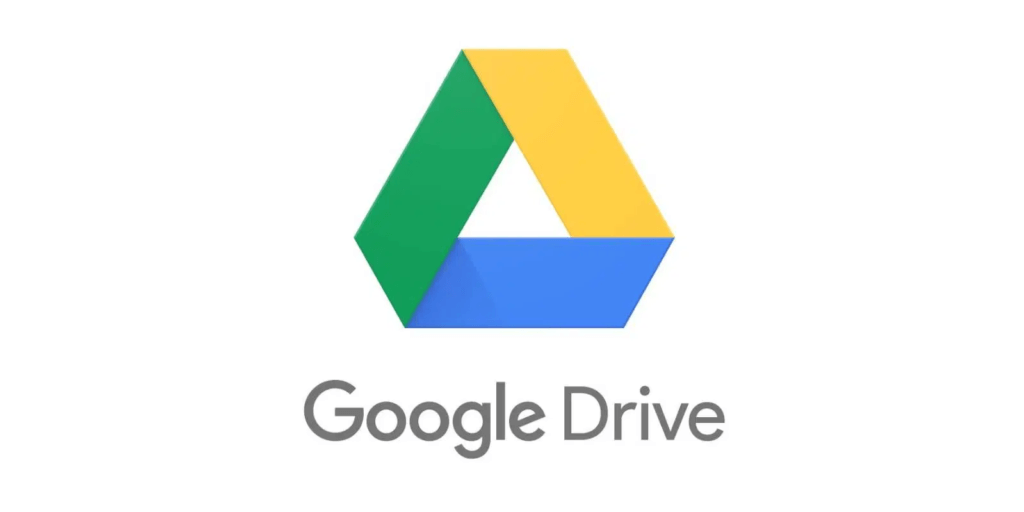
Google Drive users can work together effectively, keep track of revisions, and access their projects from any internet-connected device because of its fast connectivity with other Google apps like Docs, Sheets, and Slides.
Drive from Google is a web app that provides a full array of productive features and cloud-based storage options. With the web app’s centralized file storage infrastructure, users may access their files from any location with internet access.
Users can find and manage their files thanks to its robust search capabilities and organizational features more quickly and easily, which improves productivity and workflow.
8. Spotify
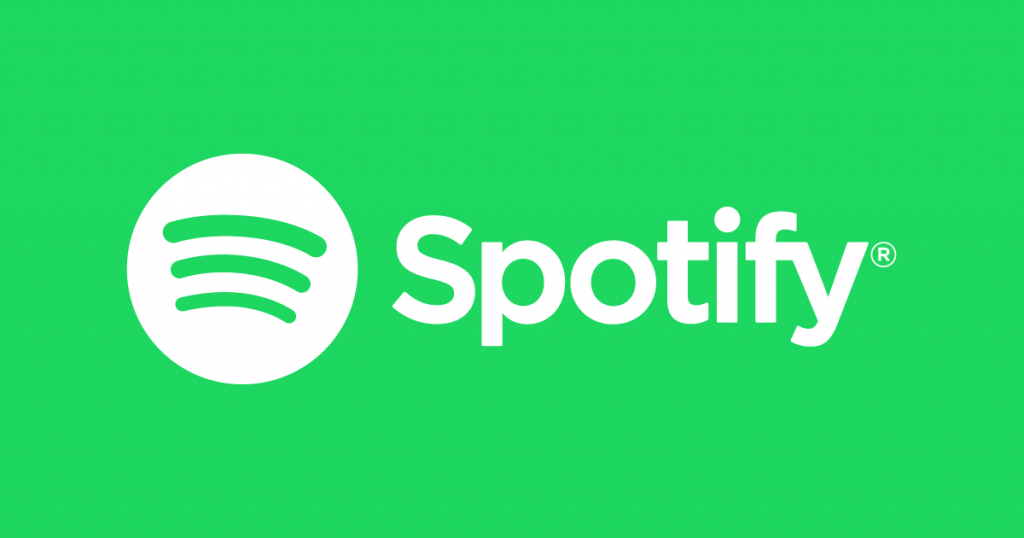
Spotify users can listen to their favorite songs, make their own playlists, and follow their favorite musicians, podcasts, and curators without hassle across devices. The Spotify web app streamlines the experience of discovering new music and making unique playlists by recommending tracks based on the user’s previous selections and preferences.
With Spotify’s user-friendly design, you can quickly discover and enjoy the songs you love, albums, and artists in high-quality streaming. The web app offers some excellent features to help you discover and connect to music with others!
You’ll love collaborative playlists, mood-based recommendations, and other social tools. Great news! You can now store your music locally and enjoy listening to it anytime, even when you’re offline.
9. Trello
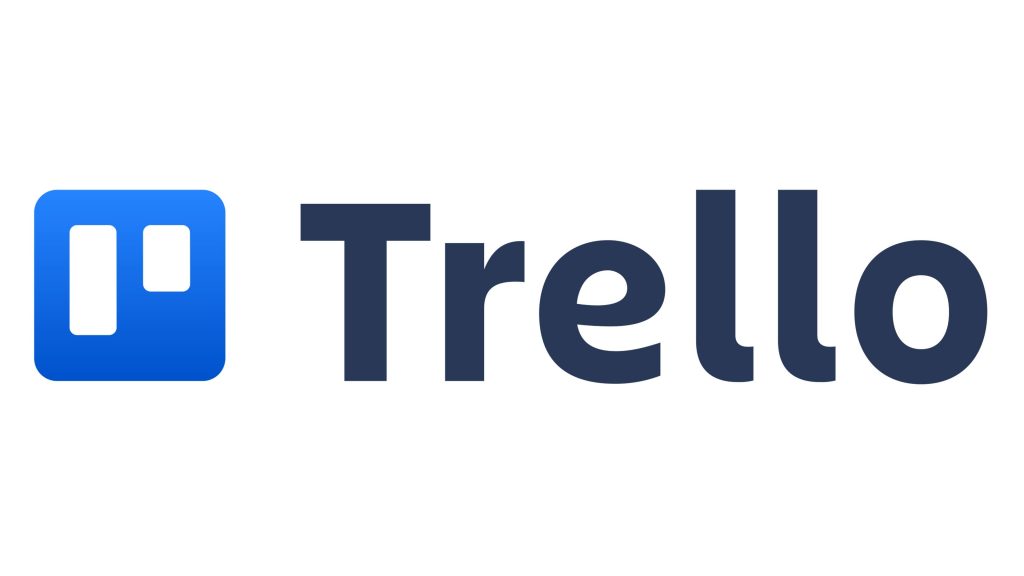
Trello is a web-based project management platform that facilitates efficient task management, status monitoring, and teamwork for individuals and groups. Its user-friendly boards and cards system allows users to make to-do lists, delegate tasks, establish due dates, and track progress toward goals.
Trello’s visual design and adaptability boost productivity and encourage effective teamwork. Organizing and prioritizing tasks is a breeze using the app’s drag-and-drop feature. Trello’s adaptability and intuitive design allow its users to maintain order, simplify processes, and increase output.
10. Uber Eats
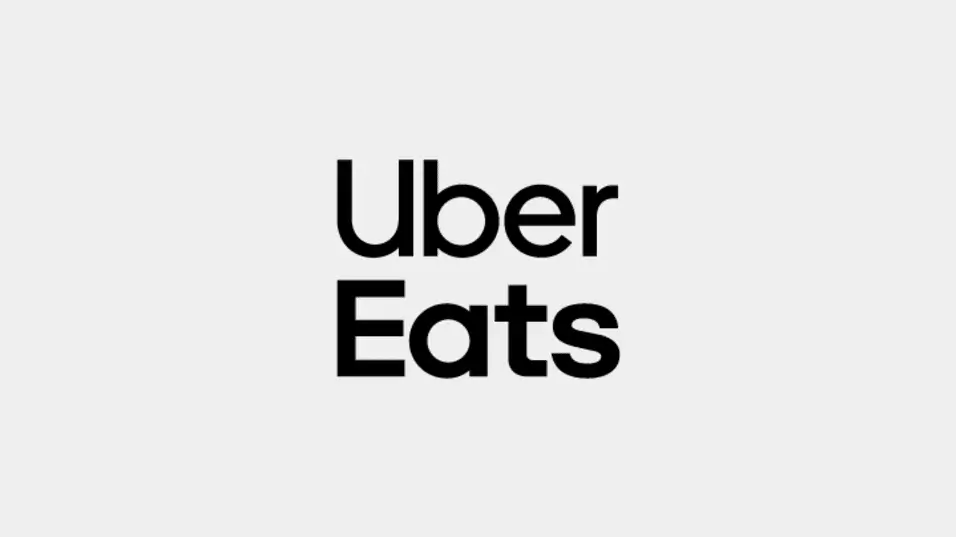
Uber Eats has changed the game for meal delivery by streamlining the experience of ordering food from different restaurants. Its simple software makes it easy to peruse menus, place orders, and watch the progress of deliveries in real-time.
Credit cards and electronic wallets are two of Uber Eats’ many convenient payment methods. Its simple layout and powerful search tools make it a breeze to learn about exotic cuisines and try out new restaurants in your area.
11. Airbnb
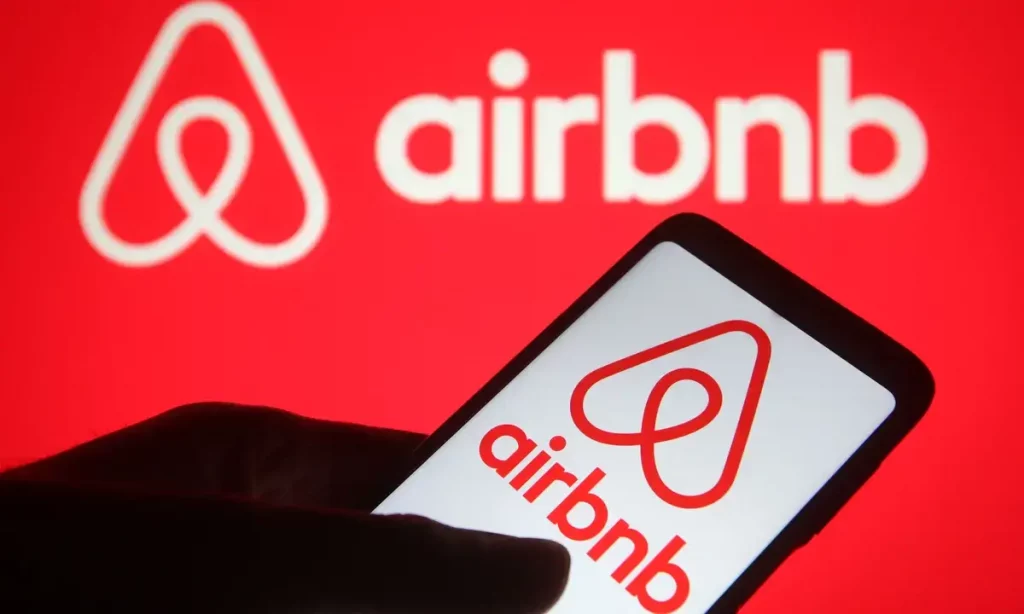
Airbnb has revolutionized how people travel and locate lodgings worldwide. Airbnb has various lodging options for every tourist, from comfortable apartments to luxurious villas to exciting treehouses.
Airbnb has become a go-to site for reserving lodgings, meals, and activities due to its dependable user ratings, safe payment options, and tailored suggestions. Users are able to make informed decisions, thanks to the web app’s comprehensive property descriptions, high-quality photographs, and feedback from past visitors.
Airbnb also allows for safe booking and payment procedures, giving both hosts and visitors peace of mind. Airbnb allows guests to explore new areas and stay in unique accommodations while on the road.
12. LinkedIn

LinkedIn is a professional collaboration site where users can get in touch with recruiters and learn about available jobs. LinkedIn’s member profiles, business communities, and employment hunt tools give its members a powerful platform to publicize their abilities, build their professional networks, and discover new field opportunities.
The web app also allows employers to look for prospective employees and job seekers to discover new opportunities. Personalized job recommendations, niche-focused clubs, and in-depth articles are just some of the ways that LinkedIn keeps its users informed and involved.
Bringing It All Together
Web applications have revolutionized communication, productivity, and service delivery. The examples of web applications we have discussed are only a small sample of the many that have become essential to our daily lives.
Popular web applications have been game-changers in their respective fields, whether email management, social networking, online shopping, or travel and leisure. More cutting-edge web apps that enrich our online experiences and define our digital lifestyles are on the horizon as technology advances.
So, whenever you use one of these commonplace web applications, think about how much easier, more connected, and more profound our lives have become because of them.

